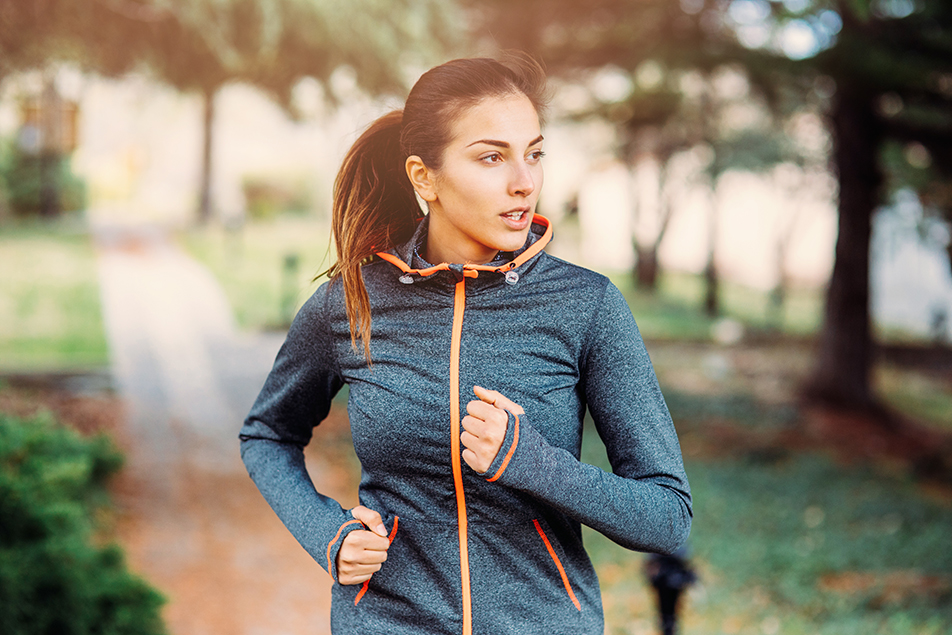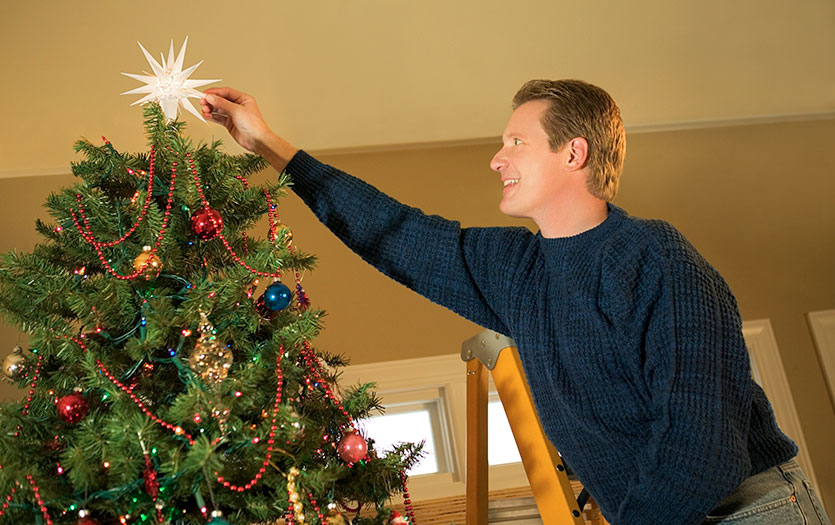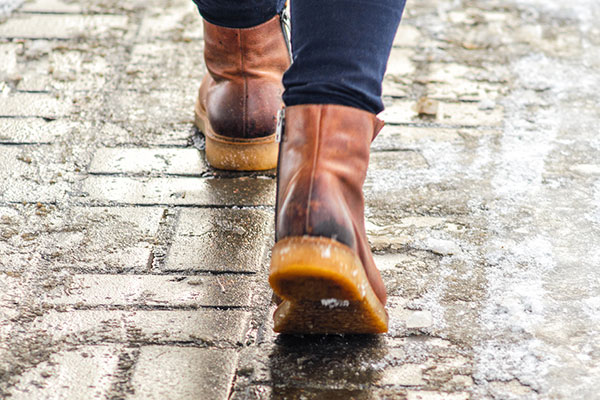
This post was written by Glen Seaman, MD, PPG – Family Medicine.
As springs warms up, more and more of us are heading outside to soak up sunshine and move our bodies. While we’re able, perhaps, to do more, COVID-19 is still in our communities and the risk does remain. With a little planning and some smart safety measures, we can still enjoy the warm weather and engage in healthy outdoor activities and recreation.
To maintain good health, we have long been taught to nourish ourselves with nutritious foods, ensure that we get adequate rest and keep ourselves physically fit. In fact, these practices can help keep viruses, like COVID-19 and other infections, at bay by supporting a healthy immune system. Getting into nature and out into fresh air makes it all the better. So let’s dig into the specifics around safety and moving in the great outdoors.
Can the virus be transmitted outside? How?
Whether we are outside or indoors, respiratory droplets can still spread COVID-19. The recommendations from the Centers for Disease Control and Prevention (CDC) and the Indiana State Department of Health to maintain a distance of 6 feet does not change when we are outdoors.
The virus can easily be transmitted in any environment. It can live on surfaces that we touch. We should avoid touching surfaces (inside and outside) as much as possible and avoid touching our faces, which allows transmission of the virus from our hands to our respiratory tract. Frequent handwashing is also essential to keep ourselves safe.
Is it safe to get together with people if the activity is outside?
It is safer to engage in activities like walking, hiking and bike riding alone. The more people we come into contact with, the greater chance that COVID-19 could be spread. We must still practice social distancing and try to keep 6 feet in between us and others.
If you go for a group walk/run/hike, what are the safety guidelines?
Keeping 6 feet apart can help prevent the spread of respiratory droplets, which are the primary manner in which COVID-19 is spread. It would be recommended to walk/run side-by-side, maintaining this distance rather than one in front of the other. In this manner we will not walk or run into an invisible cloud of respiratory droplets shed by the individual in front of us.
If you are alone and walking/jogging on a busy path, what are the safety guidelines?
Maintaining distance is the most important safety guidelines. Consider stopping during your walk and stepping off the path to allow another to safely pass or divert off of the path to allow appropriate distancing when approaching another walker or runner.
Can COVID-19 be transmitted via sweat?
Coronavirus cannot be transmitted via sweat. A caveat is that if you are worried about coming into contact with sweat, you should be worried about coming into contact with respiratory droplets, instead.
If you are riding a bicycle, skating, etc. what are the safety guidelines?
Bicycling and skating or skateboarding in public carry the same risks. We should maintain distances of 6 feet or more from others. And of course, always wear a helmet.
Should we avoid busy walking paths and/or woods while this is going on?
Yes, we should avoid busy paths with a lot of people. Consider changing the time of day to a less busy time for your outdoor activities.
Should people wear a mask if they are outside doing activities?
The CDC and other healthcare agencies have recommended wearing a mask or cloth covering to the face when in public. This practice decreases the amount of respiratory droplets that you could spread to others and protects you from inhaling respiratory droplets. It is not necessary to wear a mask if you will not be in contact with any other people. It’s also important to properly launder cloth masks regularly.
Any other guidance for getting outside?
Outdoor activities and exercise are not limited to walking, jogging, hiking, bicycling and other forms of solo recreation. Engaging in other solo sports such as “shooting hoops” or practicing for a sport alone, or playing golf can be done safely if you use personal equipment and avoid contact with surfaces that others have come in contact with. Other activities, such as gardening, outdoor hobbies and simply sitting outdoors can be relaxing and rewarding. Just remembered to avoid using equipment and touching surfaces that others have common contact with and wash your hands frequently.
These recommendations for recreational activities and enjoying the outdoors apply to healthy individuals. If you have symptoms of infection or a concern that you may or do indeed have COVID-19, please stay indoors and avoid coming into contact with others and follow self-quarantine procedures as recommended by your healthcare provider.



